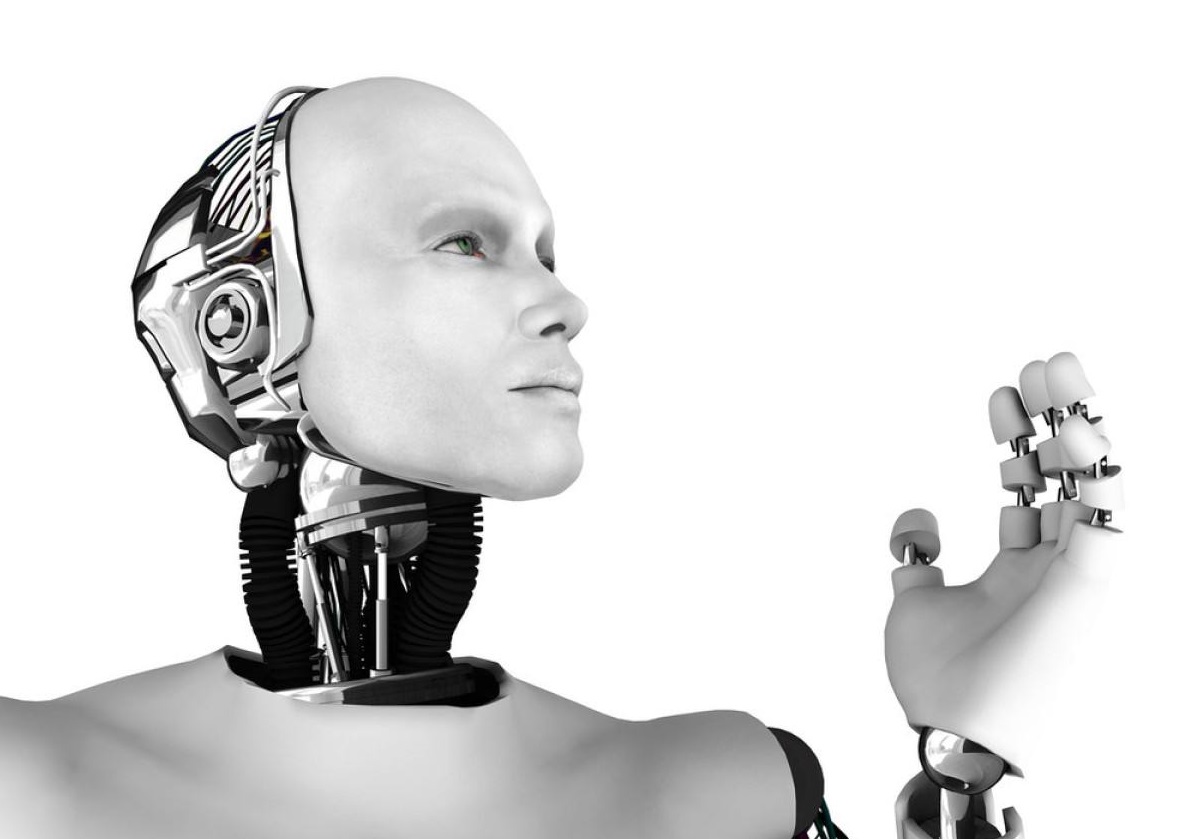Recently, a chat robot developed by scientists from China and the United States has drawn attention because of various emotions such as “emotions and sorrows”. Full of personality, different shapes of robots are many of the important elements of science fiction movies, but in real life, some of their professional skills have also reached a blaze of purity, can sweep chess, or even write a manuscript. But can robots talk to humans?
Robot chatting was first developed by scientists at the Massachusetts Institute of Technology in the 1960s. Its name, Eliza, mimics a psychotherapist asking open and vague questions like “How do you feel” “What does it mean?” “Continue,” and so on. Some people really misunderstood, thinking that they are in dialogue with real people.
However, “Eliza” can only be completed for a specific area of dialogue, far from being smart. In the ensuing decades, there have been some chat robots coming out, such as “parry” that can simulate schizophrenia in 1972 and “Alice”, the famous conversation program in recent years.
The United States Google, Facebook, Microsoft and other major giants have also launched their own products, as users communicate with a tool. In a day, Microsoft Chat Robot Tay “learned bad” became a racist and got off the assembly line, making it a hit in 2016. Apple’s Siri, Amazon’s Alexa and other voice assistants, but also a chat robot. A recent report by Juniper Research UK predicts that by 2022, chat robots will save businesses over $ 8 billion annually in business costs.
Although chat robots are entering daily life in large numbers, their inadequacies are also obvious. It is “unacceptable” and, more professionally, they are more concerned about the grammaticality, diversity and topic relevance in the quality of conversation. But less emphasis is placed on in-depth understanding of emotions or emotions. Tsinghua University, Huang Minlie and others and the United States University of Illinois, Professor Liu Bing “emotional chat machine”, in the anthropomorphic path to take a step forward.
Specifically, the system developed based on deep learning technology can express five emotions of happiness, sadness, anger, annoyance, and affection. “This study attempts to give the machine the power to understand human emotions and to respond emotionally during the chatting process,” says Liu Bing. “The important thing about this ability is that human chat is full of emotions. Without emotion, chat Will be boring, can not chat. ”
Liu Bing said that the traditional view on machines is that they have no emotion and can not communicate emotionally with humans, but he said: “I believe it is possible for a robot to chat emotionally with human beings, and this research is toward this goal An important step forward. ”
This is a solid work praised by machine learning expert Brown University in the United States, but progress has been made in that it can classify emotional content and change the way it answers the questions. “I would not say that it” understands “our emotions, it does not differentiate between subtle differences, nor does it” feel or resonate “with what it looks at.” Littman said, “But in improving the machine and It may be a very useful tool for people to communicate. ”
Alexander Rudnicki, an AI expert at Carnegie Mellon University in the United States, said that the cleverness of this work lies in the fact that it involves many aspects such as the content of robot communication, emotion and social issues. When people communicate All follow certain rules, and people also expect that the communication with the machine follows such a rule, so “robots following these rules will be more accepted and become the first choice for people.”
Ludnitsky said although he does not know what emotions chat robots mean for the future, there may be some immediate benefits from using such a system, as might companies that use emotional chat robots. However, the Emotional Robot Mate also needs to use a more complex model, especially if it includes a history of getting along with one person and answering questions based on relevant scenarios.
Experts generally believe that, to let us humans feel the wisdom of chatting and happiness, the robot still need to diligently “practice.”
Professor Peter Stone, deputy director of the Department of Computer Science at the University of Texas in the United States, told reporters that the ability of human emotion measurement will benefit human-computer interaction and work in this area has been going on for a long time. “But to do this reliably That’s always a challenge, especially for chat robots. ”
However, Professor Milin Tembeer of the University of Southern California believes that although research on the field is rapidly moving forward with the introduction of machines that fully understand human emotions, “the rapid development of research in the field of human emotions May bring us surprises. ”
By Icy Zou.






